Other names Rhode Islands Skin color Yellow Primary use dual-purpose meat/eggs Egg size Large Recognized variety Rose Comb, Single Comb | Country of origin United States Comb type Single Egg production (annual) 260 Temperament Hardy Egg color Brown | |
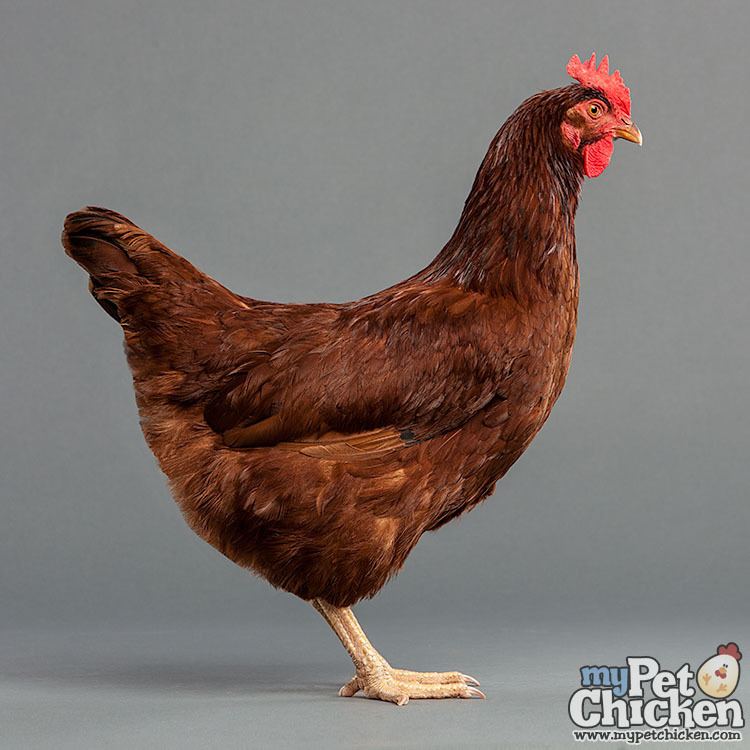 | ||
Weight Male: 8.7 pounds (3.9 kg)Female: 6.5 pounds (2.9 kg) Similar Plymouth Rock chicken, Leghorn chicken, Orpington chicken, Australorp, Wyandotte chicken | ||
Rhode island red chicken breed breeder flock
The Rhode Island Red is an American breed of domestic chicken. It was developed in the late nineteenth century in Massachusetts and Rhode Island by cross-breeding birds of Oriental origin such as the Malay with brown Leghorn birds from Italy. It was formerly a dual-purpose breed, raised both for meat and for eggs; modern strains have been bred for their egg-laying abilities. The traditional non-industrial strains of the Rhode Island Red are listed as "watch" by The Livestock Conservancy.
Contents
- Rhode island red chicken breed breeder flock
- Rhode island red rooster and hen free ranging chickens producing brown eggs
- History
- Characteristics
- Use
- References
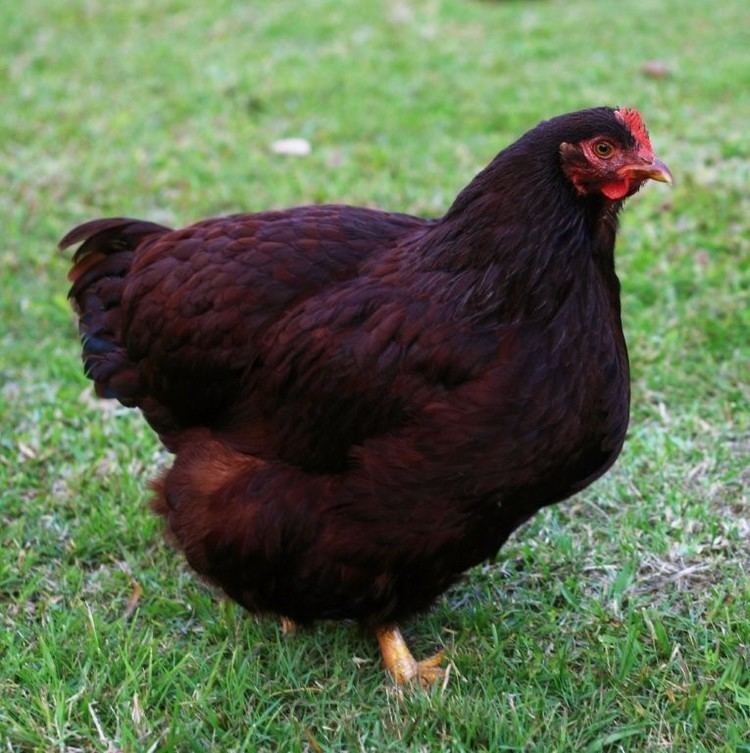
The Rhode Island Red is the state bird of Rhode Island. It is one of only three state birds that is not a species native to the United States.
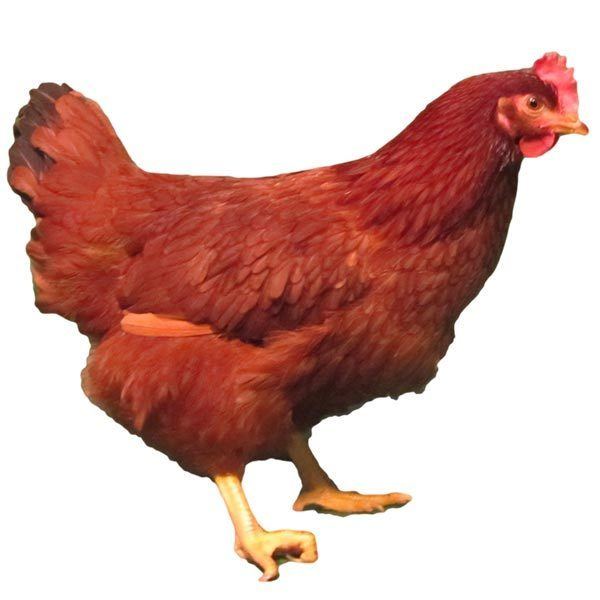
Rhode island red rooster and hen free ranging chickens producing brown eggs
History
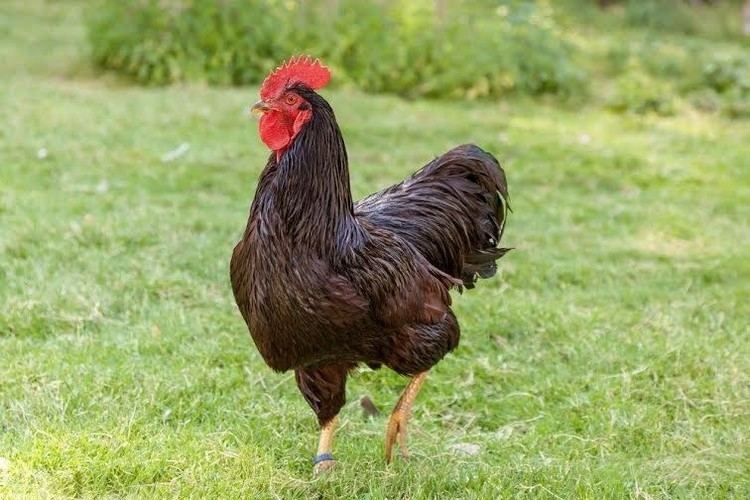
Developed in Rhode Island and Massachusetts, early flocks often had both single and rose combed individuals. It was from the Malay that the Rhode Island Red got its deep color, strong constitution, and relatively hard feathers.
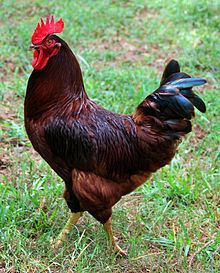
The name "Rhode Island Red" is ascribed to Isaac Champlin Wilbour (1831–1899) of Little Compton, Rhode Island at an unknown date, or to a Mr. Jenny of the Southern Massachusetts Poultry Association in 1879 or 1880. The poultry expert Nathaniel Borden Aldrich (1866–1908) of Fall River, Massachusetts suggested the name "Golden Buffs" around 1890, but by 1895 they were being exhibited under the name "Rhode Island Red." Before this they were known as "John Macomber fowls" or "Tripp fowls."
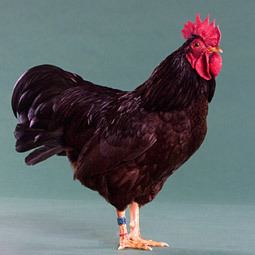
The Rhode Island Red were originally bred in Adamsville, a village which is part of Little Compton, Rhode Island. One of the foundation sires of the breed was a black-breasted red Malay cock which was imported from England. This cock is on display at the Smithsonian Institution as the father of the Rhode Island Red breed.
In 1925, the Rhode Island Red Club of America donated funds for an elegant monument to the Rhode Island Red in Adamsville. (The monument is now on the National Register of Historic Places.) A competing monument to the Rhode Island Red, claiming its creation not for the poultry fanciers, but for the farmers who grew them commercially in great numbers in Little Compton, was erected by the state in 1988 a mile or so (about two kilometers) south of Adamsville.
Rhode Island Reds are used in the creation of many modern hybrid breeds, mainly due to the prolific egg laying abilities of the Rhode Island Red.{Citation needed|date=October 2009}
Characteristics
The bird's feathers are rust-colored, however darker shades are known, including maroon bordering on black. Rhode Island Reds have red-orange eyes, reddish-brown beaks, and yellow feet and legs, often with a bit of reddish hue on the toes and sides of the shanks. Chicks are a light red to tan color. The roosters usually weigh in at about 8.7 pounds (3.9 kg), the hens average slightly less at 6.5 pounds (2.9 kg).
Use
The Rhode Island Red was developed as dual-purpose breed, to provide both meat and eggs. Since about 1940, it has been selectively bred predominantly for egg-laying qualities, and the modern industrial Rhode Island Red is a layer breed.
The traditional dual-purpose "old-type" Rhode Island Red lays 200–300 brown eggs per year, and yields rich-flavored meat suitable for making chicken stew. It is included in the Ark of Taste of the Slow Food Foundation.
